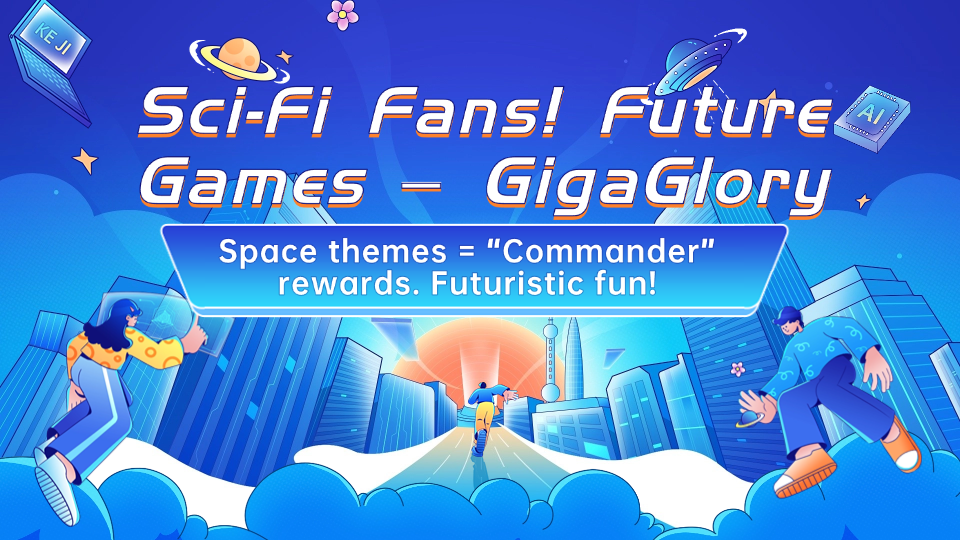Why Real-Time Strategy Games Are Shaping the Future of Gaming: A Deep Dive
In recent years, real-time strategy games (RTS) have carved out a niche that is not only entertaining but also foundational in shaping the future landscape of gaming. This genre finds itself at the intersection of quick thinking, teamwork, and immersive storytelling, making it a compelling choice for gamers worldwide. In this article, we'll explore the influence of RTS games on the industry, their benefits, and where they might lead us in the years to come.
The Rise of Real-Time Strategy Games
The RTS genre has a rich history, evolving from simple mechanics to complex strategies that demand a nuanced understanding of gameplay. From classics like “StarCraft” to newer entries such as “Age of Empires IV”, these games have proven that real-time action can deliver engaging experiences. What makes RTS games so popular? They appeal to players who relish the thrill of instantaneous decision-making under pressure.
Why Strategy Games Matter
Strategy games are not just about winning; they are about learning. Players develop critical thinking skills, enhance their ability to plan ahead, and learn to adapt their tactics in response to evolving game scenarios. Some of the best RPG MMO games for PC even incorporate strategic elements that elevate the user experience. By mastering these games, players can improve their cognitive abilities and decision-making skills in real life.
The Mechanics Behind Real-Time Strategy Games
RTS games operate on principles that set them apart from turn-based strategies. Players must manage resources, build armies, and engage in tactical warfare all in real-time. The mechanics of RTS require a combination of speed and strategy, giving rise to adrenaline-pumping scenarios. Key components that distinguish them include:
- Real-time decisions: No waiting for your turn – every moment counts.
- Resource management: Control scarce resources, driving engagement within the gameplay.
- Unit control: Mastering a variety of units to achieve victory.
Impact on Multiplayer Dynamics
One of the defining features of RTS games is their multiplayer component. Players compete not just against the game but against each other. This ecosystem creates a vibrant community, often leading to tournaments that garner vast audiences. Consider the rise of platforms like Esports, where real-time strategy games take center stage. These events highlight the importance of competition in gaming, with titles like “Dota 2” and “League of Legends” leading the charge.
The Future of Gaming: Integrating RTS Elements
The future of gaming is bright, with RTS elements seeping into various genres. The hybridization of games is evident, where RPGs incorporate RTS-like strategies for combat. This integration is innovative and exciting, challenging the traditional concepts of gameplay and player engagement.
The Social Aspect of Strategy Games
Gaming is rarely a solitary endeavor anymore. With the rise of social mechanics, RTS games often include features that foster interactions among players. Whether collaborating in a guild or engaging in battles with friends, the social aspect enriches the gaming experience. Games like “Paladins” showcase how social interaction can create memorable moments – until crashes on match disrupt the flow.
Challenges in the RTS Genre
Despite their popularity, RTS games face several challenges. The steep learning curve often discourages newcomers. Additionally, balancing new content with existing gameplay can be tricky. Developers must find harmony between complexity and accessibility, ensuring that both veterans and newbies can enjoy the game. As the industry evolves, it will be crucial to address these challenges to sustain player engagement.
Why Are RTS Games So Addictive?
Addiction to RTS games can be attributed to various psychological factors. The sense of achievement from executing a perfect strategy, the thrill of outsmarting opponents, and the community created around these games all contribute to player loyalty. Moreover, the rapid pace of the games creates a constant adrenaline rush, making it difficult for players to step away. This commitment to strategy games is reflected in the rising number of subscriptions and active users in online platforms.
Bridging Cultures Through Strategy Games
RTS games have transcended cultural barriers, bringing gamers from different backgrounds together. Platforms offering localized content allow players to share strategies across language and geographical divides. Gamers in Japan, for instance, are embracing these competitive elements and forming tight-knit communities that enrich the gaming experience globally.
The Role of Technology in RTS Games
Advancements in technology have revolutionized RTS games. Enhanced graphics, artificial intelligence, and virtual reality elements are all shaping the future of gameplay, elevating the player experience to new heights. With each iteration, developers push the envelope, creating a blend of strategy and immersive environments.
Conclusion
In conclusion, real-time strategy games are not just a trend; they’re a pivotal part of the gaming landscape that continues to shape the industry's future. By encouraging critical thinking, fostering social interactions, and embracing technological advancements, RTS games ensure their relevance for years to come. As gaming evolves, one thing remains clear: the allure of strategy will always captivate players, inviting them to dive deep into worlds where every decision matters and victory hinges on intellect and skill.
| Key Points | Details |
|---|---|
| Real-Time Decisions | Fast-paced gameplay demands quick thinking. |
| Community Engagement | Multiplayer formats enhance social interaction. |
| Accessibility vs Complexity | Striking a balance is key for player retention. |



